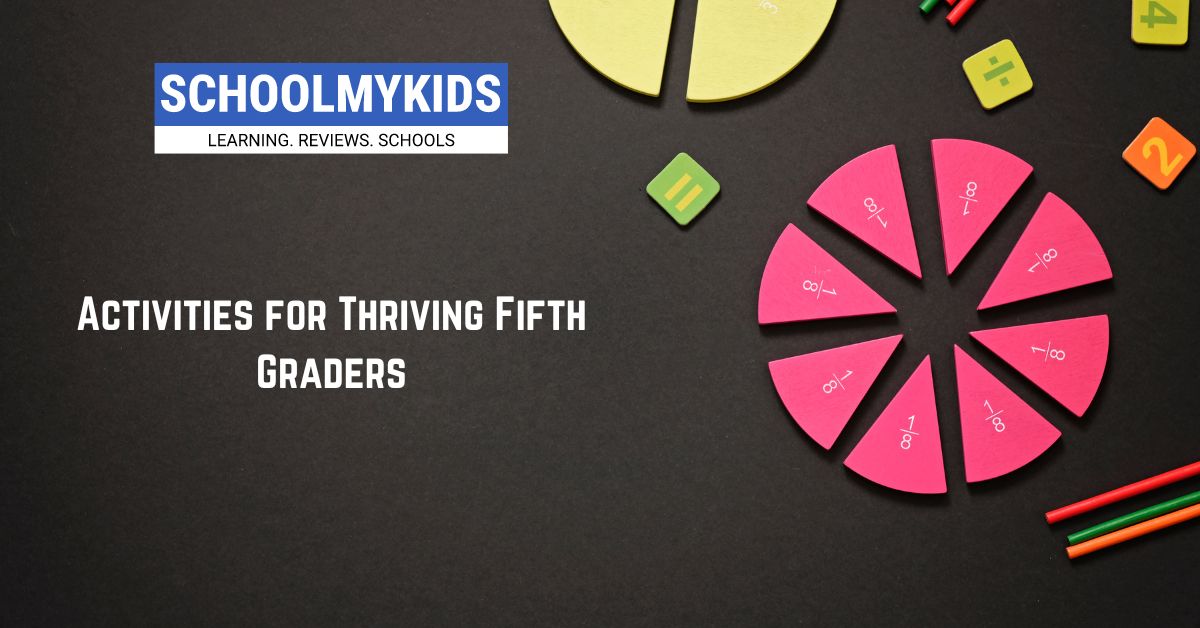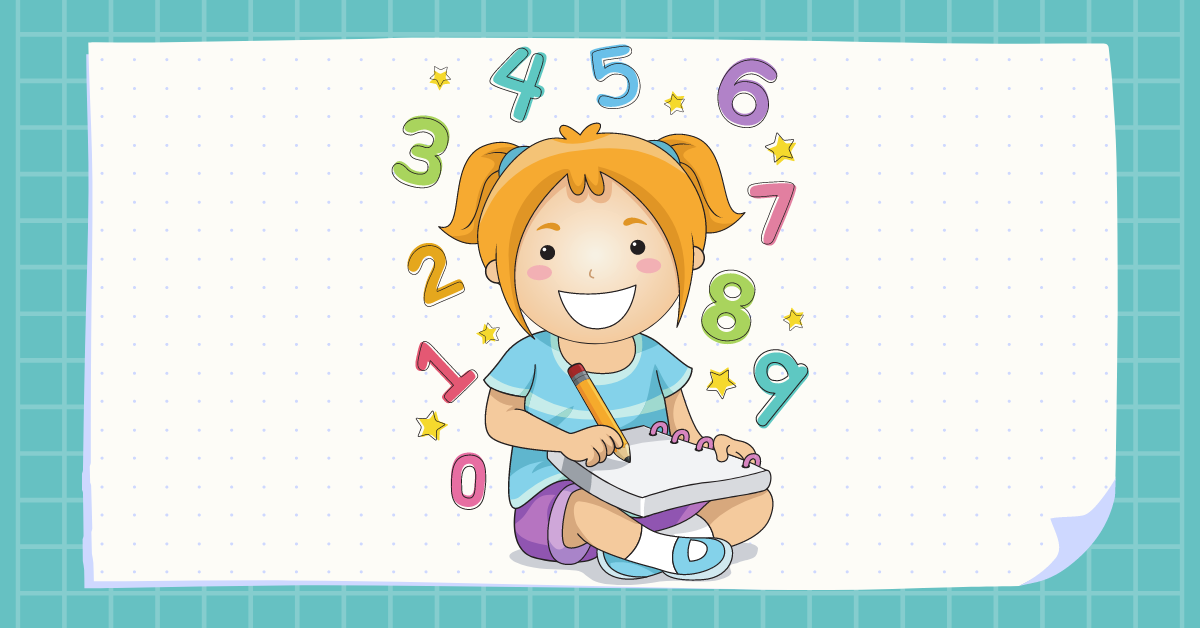Fifth grade marks an exciting chapter in a child’s mathematical journey. They’ve mastered the basics of addition, subtraction, multiplication, and division, and are now venturing into captivating new territories – fractions, decimals, geometry, and even a taste of pre-algebra. While these concepts hold immense potential for intellectual growth, they can also feel daunting at times.
Imagine ten-year-old Michael, who loves building elaborate Lego creations but struggles to connect with math. Numbers on a page seem like a foreign language, and homework feels like a chore. This is where the magic of engaging activities comes in. They can transform Michael’s experience from frustration to fascination, turning math class into an interactive playground for learning.
This article equips teachers and parents with a toolbox of creative activities specifically designed to make fifth-grade math fun, collaborative, and most importantly, effective. By incorporating these playful approaches, you can ignite Michael’s curiosity, replace fear with confidence, and foster a love for the subject that will stay with him throughout his academic career.
The Power of Playful Learning
Games and activities tap into the natural energy and enthusiasm of fifth graders. They provide a safe space to experiment, make mistakes, and learn from them in a low-pressure setting. This fosters collaboration, communication, and critical thinking skills, all vital for building a strong mathematical foundation.
Think about it this way: Remember the thrill of winning a board game with your family? That same sense of accomplishment can be harnessed in the classroom when students work together to solve a challenging problem or compete in a friendly math game.
Let’s Get Playful!
Now, let’s dive into some specific activities that cater to various fifth-grade math topics, transforming Michael’s classroom from a battleground to a playground:
1. Operations with Whole Numbers
- Multiplication War: Ditch the flashcards and embrace the excitement of a classic card game! Divide the class into pairs and deal out decks of cards (remove face cards). Students take turns flipping over two cards, and the player with the higher product wins the round. This activity injects a dose of friendly competition while reinforcing multiplication skills.
- Fraction Olympics: Transform the classroom into an Olympic arena, with different stations focusing on various whole number operations (addition, subtraction, multiplication, division). Divide students into teams and have them rotate through the stations, completing challenges that involve whole number problems. Award points for accuracy and speed, keeping track of the leading team on a “mathlete” scoreboard. This activity promotes teamwork, problem-solving, and reinforces various operations.
2. Exploring Fractions
- Pizza Party Fractions: Who doesn’t love pizza? Bring in (or draw) pizzas cut into different fractions (halves, thirds, fourths). Students work in groups to answer questions about the fractional parts of the pizza. For example, “What fraction of the pizza would you get if you had two slices?” This activity makes fractions relatable and helps students visualize them in a fun way.
- Fraction Bingo: Create bingo cards with squares containing fractions (written out or as visuals). Call out real-world scenarios involving fractions (e.g., “I ate half of my sandwich”). The first student to mark off five squares in a row (or a full card) wins. This activity reinforces fraction recognition and their application in everyday life.
3. Unveiling Decimals
- Decimal Dash: Design a board game with squares marked with decimals. Students roll a die and move their token the corresponding number of tenths or hundredths (depending on the die). Landing on specific squares might involve answering questions about comparing decimals, rounding, or adding/subtracting decimals. This activity makes practicing decimals engaging and interactive.
- Decimal Scavenger Hunt: Hide clues around the classroom that involve decimals (e.g., a clue might be hidden behind a book that is 0.75 meters tall). Students must solve decimal problems (e.g., adding or subtracting decimals) to decipher the clues and find the hidden object. This activity combines problem-solving with movement and reinforces understanding of decimals.
4. Exploring Geometry
- Tangram Teamwork: Introduce tangrams, seven geometric shapes (squares, triangles) that can be combined to form various silhouettes. Divide the class into groups and provide them with tangram sets. Challenge them to work together to recreate specific shapes displayed on the board or create their own designs. This activity promotes teamwork, spatial reasoning, and problem-solving skills in a visually engaging way.
- Symmetry Search: Symmetry is all around us! Challenge students to embark on a “symmetry scavenger hunt” around the classroom or schoolyard. They can look for symmetrical objects (windows, doors, butterflies) and sketch or photograph them. Back in the classroom, students can create their own symmetrical designs using paper, markers, and rulers. This activity helps students identify and appreciate symmetry in the real world and encourages creativity.
5. A Taste of Pre-algebra
- Variable Relay Race: Divide the class into teams with catchy names (think “The Equation Eliminators” vs. “The X-plorers”). Write simple equations with variables on the board. Each team member tackles a part of the equation (e.g., isolating the variable, substituting values). The first team to correctly solve the entire equation wins the round. This activity fosters teamwork, communication, and reinforces understanding of variables and equation manipulation in a fast-paced and exciting way.
- Code Cracker Challenge: Introduce the concept of variables as secret codes. Write simple word problems with missing information represented by variables. Students work in pairs to solve the problems and “crack the code” by finding the missing values. This activity makes pre-algebra relatable and injects a touch of mystery into problem-solving.
Beyond the Activities:
These activities are just a springboard for creating a fun and engaging fifth-grade math classroom. Here are some additional tips to keep Michael and his classmates excited about learning:
- Incorporate Technology: Explore educational math games and apps that supplement classroom learning. There are a variety of options available that can cater to different learning styles and make practicing math concepts more engaging.
- Connect Math to the Real World: Help students see how math is used in everyday life, from budgeting their allowance to following a recipe or calculating batting averages in baseball. This can make math feel more relevant and interesting.
- Celebrate Effort and Progress: Acknowledge students’ hard work and growth even if they don’t get the perfect answer on the first try. A positive and encouraging environment will go a long way in building confidence and fostering a love of learning.
- Make Mistakes Fun: Let students know that mistakes are a natural part of the learning process. Use them as opportunities to learn and grow. You can even create a “mistake jar” where students anonymously write down their mistakes, and the class can discuss them together in a supportive way.
By incorporating these engaging activities and fostering a positive learning environment, you can transform Michael’s experience in math class. Remember, a love for math can empower students to solve real-world problems, think critically, and unlock their full potential. So, let’s turn the classroom into a playground of discovery, where curiosity is sparked, and confidence soars! After all, with a little creativity and a sprinkle of fun, math class can be the highlight of Michael’s day!








Be the first one to comment on this story.